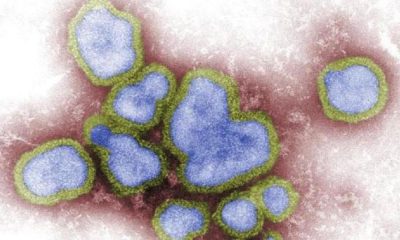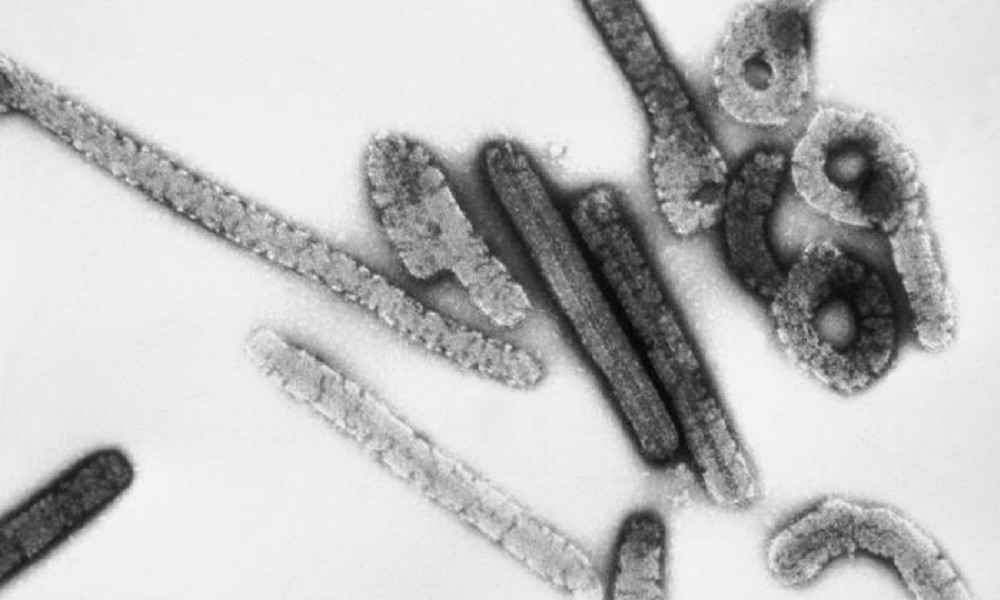Health
Iowa resident dies of Lassa fever after trip to West Africa

A resident in Iowa has died of Lassa fever, a deadly viral disease spread by rodents, after returning from a trip to West Africa, according to U.S. health officials. The risk to the public is believed to be extremely low.
The patient, who was only described as a middle-aged resident of eastern Iowa, returned from West Africa in early October, according to the Centers for Disease Control and Prevention (CDC). They were not symptomatic while traveling back to the U.S.
Testing by the Nebraska Laboratory Response Network Lab confirmed Monday that the patient was infected with Lassa fever and they succumbed to the illness hours later while hospitalized in isolation at the University of Iowa Health Care Medical Center in Iowa City.
Lassa fever is a viral disease which is common in West Africa, where it is carried by rodents and spread to humans through contact with their urine or droppings. In rare cases, it can also be transmitted from person to person through direct contact with a sick person’s blood or bodily fluids, through mucous membranes, or through sexual contact.
About 100,000 to 300,000 cases of Lassa fever, and 5,000 deaths related to Lassa fever, occur in West Africa each year. Cases in the United States are extremely rare, with this being only the 9th known occurrence since 1969. All those cases were travel-related.
“CDC is supporting state and local public health officials from Iowa who are working to learn more about how the patient may have contracted Lassa fever,” the agency said. “Early information suggests the patient may have had contact with rodents while in West Africa. CDC and other federal agencies have offered federal assistance to Iowa.”
The statement added: “People with Lassa fever can only transmit the illness when they have active symptoms and CDC is working with state public health officials to identify people who had contact with the patient after the patient’s symptoms began. Those identified as close contacts of the patient will be monitored for 21 days.”
The patient was not symptomatic while traveling back to the U.S., which means the risk to fellow airline passengers is “extremely low,” the CDC said.

-

 World7 days ago
World7 days agoEthiopian volcano erupts for first time in thousands of years
-

 Legal4 days ago
Legal4 days agoUtah Amber Alert: Jessika Francisco abducted by sex offender in Ogden
-

 US News3 days ago
US News3 days agoExplosion destroys home in Oakland, Maine; at least 1 injured
-

 Health4 days ago
Health4 days agoMexico’s September human bird flu case confirmed as H5N2
-

 Legal1 week ago
Legal1 week agoSuspect in San Diego stabbing shot by authorities after fleeing into Mexico
-

 Health1 week ago
Health1 week agoMarburg virus outbreak in Ethiopia grows to 6 confirmed cases
-

 World4 days ago
World4 days agoWoman killed, man seriously injured in shark attack on Australia’s NSW coast
-

 World1 week ago
World1 week agoU.S. sanctions companies and vessels accused of aiding Iranian military oil sales




